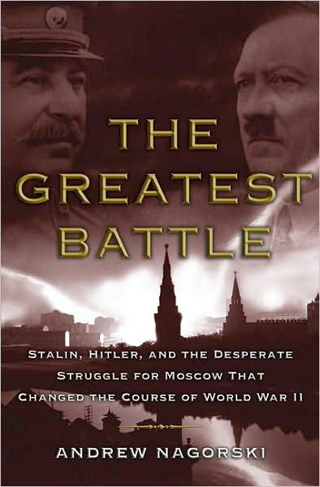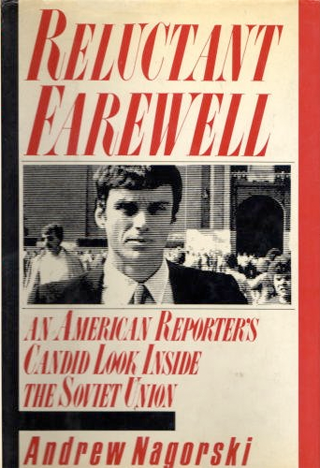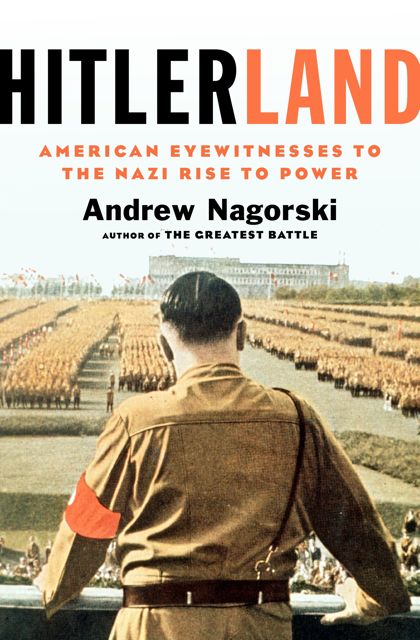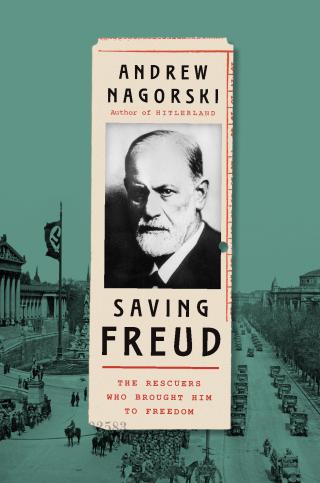Public opinion plays an immense role in the development of American foreign policy, but the question of how Americans form their impressions of foreign leaders and regimes has not received the attention it deserves. Nagorski’s brisk and engaging account of American encounters with Nazi Germany is helpful in this regard. Nagorski follows various Americans and part Americans who lived or traveled in Germany between the two world wars. The picture is mixed: some Americans grasped the nature of Hitler and his movement early on; others defended it until quite late. Ideology played a part in determining those responses, as Americans saw Germany through their own preconceptions and political sensibilities. But it seems clear that the increasingly naked brutality of the Nazi regime, its oppression of German Jews, and its expansionist ambitions rapidly reduced the number of Americans ready to defend it. This is popular history, not a scholarly study, and much of Nagorski’s story will be familiar to those with some knowledge of the period. But it is good popular history and well worth a read.
Link
Refers to Book








